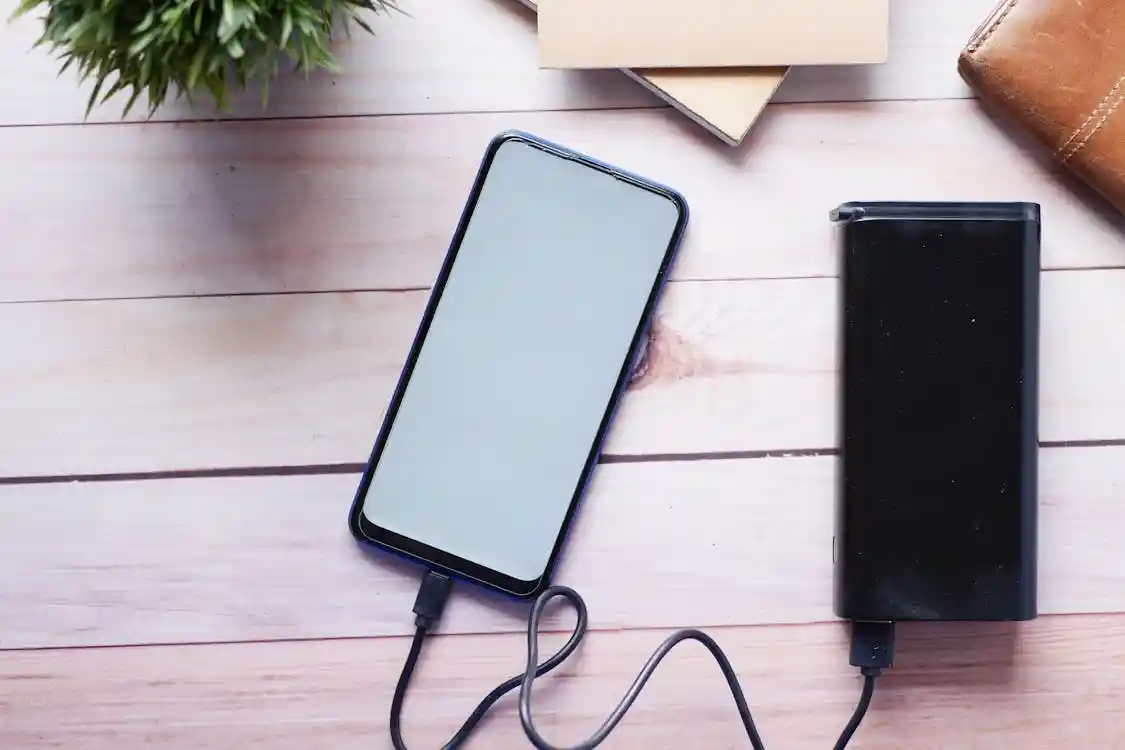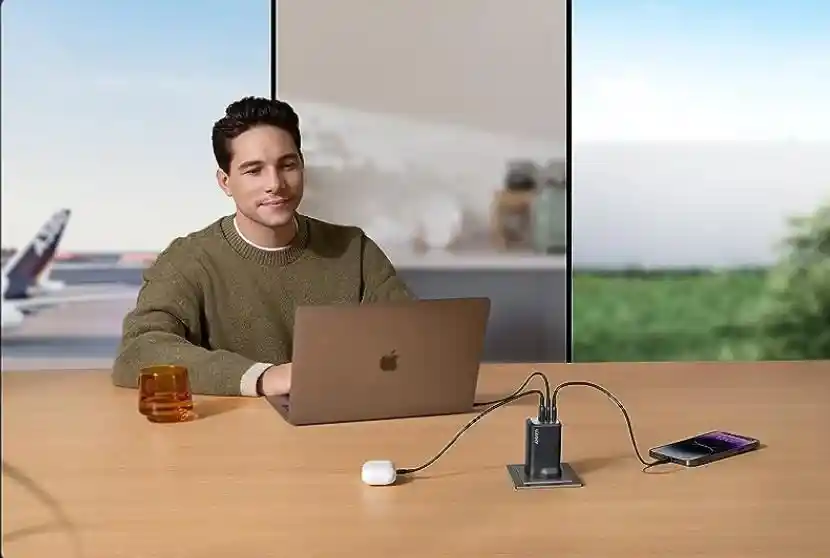In today’s digital world, where cameras are everywhere, the simple and magical concept of a camera obscura remains a fascinating way to introduce children to the art and science of photography. It’s a fun and educational tool that can spark curiosity in kids, photography enthusiasts, and educators alike. But what exactly is a camera obscura? How does it work, and why is it so important? This blog post aims to explore these questions and provide insights into how you can use this ancient device to inspire young minds.
How does a camera obscura work, and why is it featured in a kids’ encyclopedia? At its core, the camera obscura is a dark room or box with a small hole on one side. Through this hole, light enters, projecting an inverted image of the outside world onto the opposite wall. This simple yet powerful phenomenon has been fundamental in the development of photography and visual arts. By understanding the science behind it, children can learn about light, optics, and even history.
Why should parents and educators introduce kids to the wonders of camera obscura? For starters, it turns learning into a hands-on experience, encouraging exploration and creativity. The camera obscura also teaches critical thinking, problem-solving, and the basic principles of optics—a stepping stone to more complex scientific concepts. Whether you’re a teacher looking to engage students or a parent seeking an exciting activity, understanding the camera obscura can open up a world of discovery.
The Origins of Camera Obscura
The story of the camera obscura dates back centuries. It was first described by ancient philosophers like Aristotle and Mozi. They noticed how a small hole could project a scene from outside into a dark room. This discovery laid the groundwork for understanding how light travels and forms images.
Throughout history, artists and scientists used the camera obscura to study perspective and light. During the Renaissance, painters like Leonardo da Vinci used it to trace scenes accurately, enhancing their artworks’ realism. It was a crucial tool before photography was invented.
Today, the camera obscura serves as an educational tool. It helps children grasp fundamental concepts about how light works. By building their own simple versions, kids can see firsthand how images form, making learning interactive and fun.
How Does a Camera Obscura Work?
A camera obscura operates on a simple principle of light. When light passes through a small hole, it projects an inverted image. This phenomenon is due to the nature of light traveling in straight lines.
Inside a camera obscura, the light creates a picture on the opposite side of the hole. The image is upside down and reversed. This happens because the light paths cross at the hole, flipping the image.
By adjusting the size of the hole, the image’s sharpness changes. A smaller hole gives a sharper image, while a larger hole allows more light but less detail. This principle is similar to how cameras focus images.
Building Your Own Camera Obscura
Creating a camera obscura is a simple and rewarding project. All you need are basic materials like a cardboard box, a pin, and some tape. This hands-on activity is perfect for kids and encourages learning through experimentation.
First, take a cardboard box and make it completely dark by sealing all the edges. Then, poke a tiny hole on one side. This hole will act as the lens, allowing light to enter and project images.
Position the box so that light can enter through the hole. Inside, you should see an upside-down image of the scene outside. Encourage kids to explore different scenes and notice how the image changes with light.
Exploring Light and Optics
The camera obscura is an excellent way to teach children about light and optics. It introduces them to the basic concept of how light travels and forms images. Understanding these ideas can lead to further exploration in science.
Light travels in straight lines, and the camera obscura demonstrates this visually. When light enters through the hole, it crosses and projects an inverted image. This shows how light bends and forms pictures.
By using the camera obscura, kids can experiment with how light behaves. They can observe what happens when the hole’s size changes or when the box is moved. These observations can lead to discussions about lenses and cameras.
The Role of Camera Obscura in Art
Artists have long used the camera obscura to create realistic paintings. During the Renaissance, it helped artists understand perspective and lighting, making their work more lifelike.
The camera obscura allowed artists to trace outlines of landscapes and buildings accurately. This tool provided a new way to study and replicate the world around them. It was like an early version of tracing paper.
Today, the camera obscura continues to inspire artists. Many photographers and painters use it to explore light and composition. For kids, understanding its role in art history can spark creativity and appreciation for the visual arts.
Camera Obscura in Modern Photography
Although technology has advanced, the principles of the camera obscura remain relevant in modern photography. Cameras today still use the basic idea of light entering through a lens to capture images.
Understanding the camera obscura can give children a deeper appreciation of how cameras work. It shows the evolution from simple optical devices to complex digital cameras. This knowledge can enhance their interest in photography.
Encouraging kids to connect historical concepts with modern devices can be a powerful learning experience. By seeing the continuity in technology, they can appreciate advancements in photography and innovation.
Fun Activities with Camera Obscura
There are many fun activities to do with a camera obscura. Kids can experiment with different objects and scenes to see how images change. They can explore how light affects the images produced.
One activity is to create a simple pinhole camera. This uses the same principles as a camera obscura but captures images on film or photographic paper. Kids can learn about developing photos and the magic of capturing light.
Another activity is to visit a larger camera obscura installation if available. These installations provide interactive experiences. They allow kids to step inside and see life-sized images projected, sparking wonder and imagination.
Teaching Camera Obscura in Classrooms
Teachers can incorporate the camera obscura into science and art lessons. It’s a great way to engage students and make learning interactive. By building their own, students can see real-world applications of theoretical concepts.
Lessons can include discussions about light, optics, and the history of photography. Hands-on activities like building a camera obscura can reinforce these ideas. It encourages teamwork and problem-solving.
The camera obscura can also be a tool for art projects. Students can explore perspective and composition, linking science and creativity. This multidisciplinary approach enhances learning and keeps students interested.
The Science Behind the Camera Obscura
The camera obscura operates on principles of physics and optics. It demonstrates how light travels in straight lines and how images form. These concepts are foundational in understanding how cameras and the human eye work.
When light enters the camera obscura, it projects an image due to diffraction. This process involves light bending as it passes through the small hole, creating an inverted picture. This phenomenon helps explain how lenses focus light.
By studying the science behind the camera obscura, students can learn about lenses and focal points. These are essential components in various optical devices, including cameras and microscopes.
Connecting Kids with Photography
Introducing children to the camera obscura can spark a lifelong interest in photography. By understanding the basics, they gain a foundation to explore more complex concepts and techniques.
Photography offers creative expression and a way to capture moments. By learning about the camera obscura, kids can appreciate the roots of this art form. It encourages them to experiment and explore the world through a lens.
Parents and educators can support this interest by providing opportunities for kids to use cameras. Encouraging them to take photos, analyze light, and understand composition can deepen their appreciation for photography.
Encouraging Creativity and Curiosity
The camera obscura is a tool that fosters creativity and curiosity. It invites children to explore, ask questions, and find answers through investigation. This process ignites a love for learning that extends beyond photography.
By engaging with the camera obscura, children develop problem-solving skills. They learn to think critically about how things work and why. This mindset is valuable in all areas of life and education.
Encouraging curiosity and creativity helps children become lifelong learners. The camera obscura is just one example of how simple tools can inspire big ideas and discoveries.
FAQs With Answers
What is a camera obscura, and how does it work?
A camera obscura is a dark room or box with a small hole. Light enters through the hole and projects an inverted image of the outside scene on the opposite wall. This occurs because light travels in straight lines, and the small hole acts like a lens.
Why is the camera obscura included in a kids’ encyclopedia?
The camera obscura is included because it’s a fundamental concept in photography and optics. It helps children understand how images form and light behaves. It’s also a fun and educational tool that encourages exploration and learning.
How can kids make their own camera obscura?
Kids can make a simple camera obscura using a cardboard box. By sealing the box and poking a small hole, they can create a dark space where light enters to project images. This hands-on project teaches them about light and perspective.
What are some activities to do with a camera obscura?
Activities include experimenting with different scenes and objects to see how images change. Building a pinhole camera is another fun project that captures images on photographic paper. Visiting a camera obscura installation can provide interactive experiences.
How does the camera obscura relate to modern photography?
The camera obscura’s principles are foundational in modern photography. Cameras today use similar concepts of light entering through a lens to capture images. Understanding it helps children appreciate the evolution of photography and technology.
Conclusion
The camera obscura is more than just an ancient device; it’s a gateway to understanding the world of photography and optics. By exploring its principles, children can learn about light, science, and art in an engaging and hands-on way. Introducing kids to the camera obscura not only enriches their knowledge of history but also fosters creativity and curiosity. Whether you’re a parent, educator, or photography enthusiast, the camera obscura offers a unique opportunity to inspire and educate. Encourage your children or students to explore this fascinating tool and watch as they discover the magic of capturing light and images.










